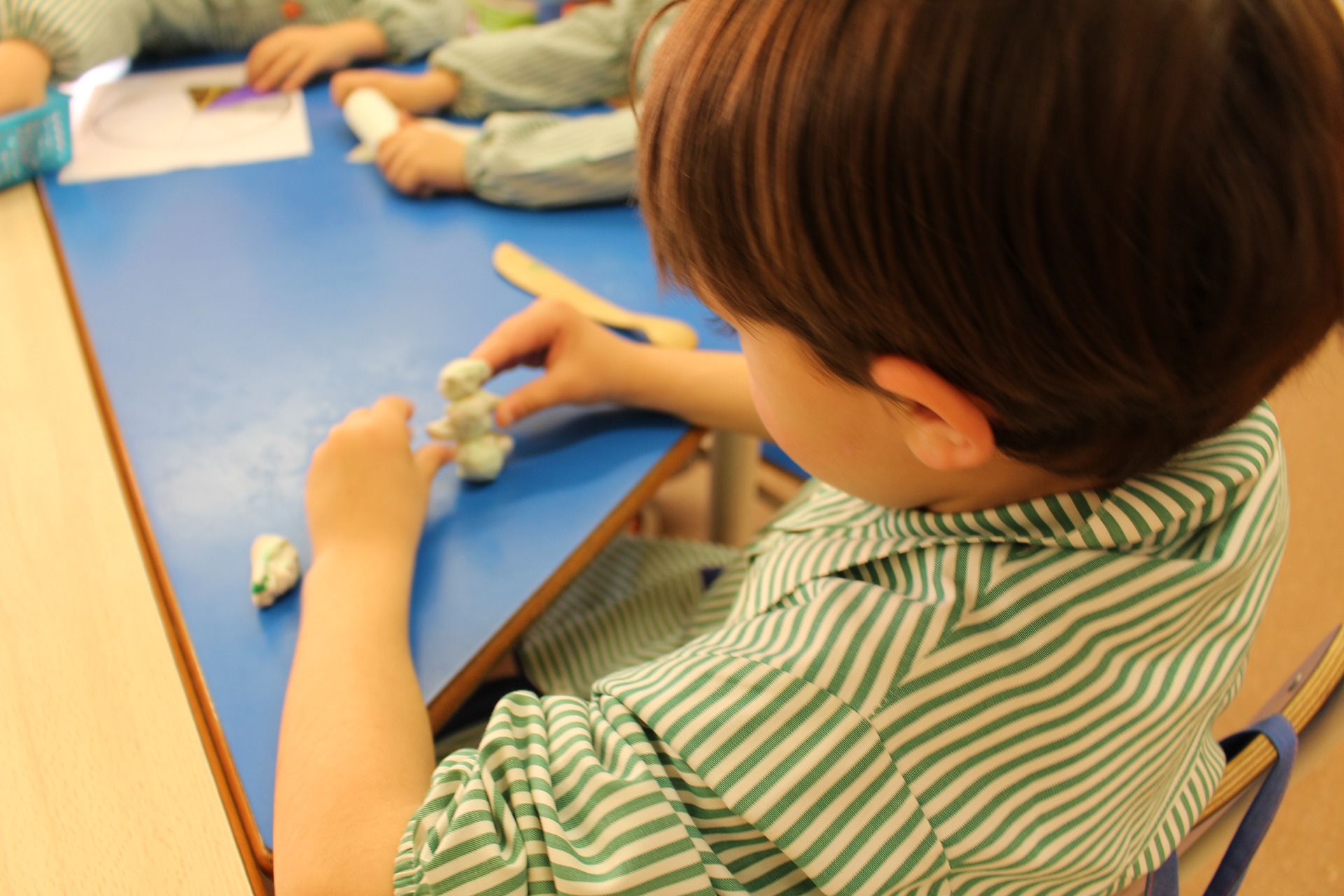Liz found these helpful guidelines, and we want to pass them along to you. Hope everyone is continuing to stay healthy and happy as we make our way through this new adventure together.
Finding resources for “at home learning” that align with the Montessori philosophy, as it is applied in Early Childhood, can be daunting. Provided are some guidelines that will support Montessori core values of concrete/hands-on learning, individualized and leveled learning, the fostering of concentration and independence, and overall practical life skills.
- Characteristics to look for when choosing activities
- Active learning vs. passive
- Resources that support active learning require students to participate in their learning which engages children more deeply and allows them to retain and apply skills more effectively than passive learning that simply requires children to receive information. Creating a balance is a helpful approach.
- Examples of active learning includes; games, experiments, art projects, using hands-on materials, and scavenger hunts.
- Hands-on experiences or further exploration
- Look for resources that encourage the child to apply the information in a hands-on way or allow the child to follow her interest through further exploration.
- Process over product
- Strive for an experience, not just making a finished product. Make and play with play dough rather than create a bowl, for example.
- Allowing an activity/project/product to be complete when the child feels it is complete, not to be measured by an expectation of what “complete” should look like.
- Appropriate and proper vocabulary
- Allow for exposure to a range of vocabulary and choose resources that use accurate terminology when labeling and describing.
- Active learning vs. passive
- Things to encourage, when possible
- Children working for the joy of work and gaining skills rather than external rewards.
- Real life experiences.
- Follow children’s interests, enthusiasm and attention span
This list is provided in the spirit of support. We understand that each household is facing unique circumstances and one list of suggestions is not going to address individual variables. Use these suggestions in a way that is most helpful to your situation but do not hesitate to adjust where needed. Your child’s teachers are great resources when it comes to individualizing activities for both your child and your family’s circumstance. The most important aspect of any “at home learning” is that it takes place in a relaxed atmosphere where the child is having fun and parents/caregivers are not feeling overly stressed.

